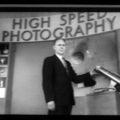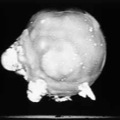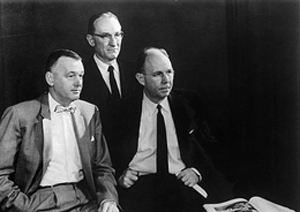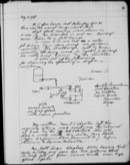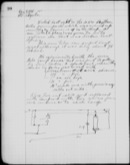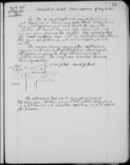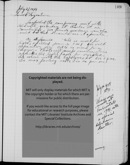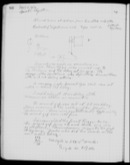EG&G the Company: 1947 Onwards
The three colleagues and friends Harold Edgerton, Kenneth Germeshausen, and Herbert Grier became an incorporated partnership in 1947 at the request of the Atomic Energy Commission. Now known as EG&G, Inc., they designed and operated systems that timed and triggered nuclear bomb tests.
Edgerton and his colleagues realized that to take still pictures of such a huge release of light, they would have to make exposures of shorter duration than had even been imagined. To solve this problem, they invented a camera they called the “rapatronic” (for rapid electronic). When light from the bomb hit the photocell in the camera, it triggered a mechanism that opened and then cut off the exposure in as little as two microseconds. By 1950, EG&G had perfected their ultra-high-speed techniques. They designed a camera shutter that had no moving mechanical parts, making possible photographs with an exposure time of from four- to ten-millionths of a second.
Major H-bomb tests took place on Eniwetok Atoll in the South Pacific in 1952. Edgerton was there with his rapatronic camera, photographing the nuclear explosions from several miles away at the moment of detonation. It is important to note that all of his work is post-war: Doc did not photograph Hiroshima and Nagasaki.
Edgerton published the first of his many articles in National Geographic magazine in 1947 entitled, “Hummingbirds in Action.” The article contained high-speed photographs that illustrated for the first time the wing movement and flight patterns of these tiny birds. During the 1940s and 1950s, Edgerton often transported his heavy strobes from MIT to Boston Garden events, where he used one of the early Kodak color films at the rodeo, 1947.



